When you’re reading about building websites, you’ll often come across the terms “web design” and “web development”. These two phrases can easily be confusing because people seem to use them in the same way, which might prompt you to question the difference between web design and development.
While the terms ‘design’ and ‘development’ are often used interchangeably when talking about building websites, they’re actually two different fields of specialization.
In this post, we’ll explain both web design and development, including how they differ and how they’re interrelated. Let’s jump right in!
Web design and development: A basic introduction
First, we should reiterate the point that the terms ‘design’ and ‘development’ have specific meanings in the context of building a website, and they aren’t always used correctly. Knowing the distinction will help you communicate more effectively about your site. Plus, it will make it easy to spot when they’re being used in the wrong context.
Let’s start with some very basic definitions. There are two primary tasks involved in putting together a website. They are:
- Development: This refers to building up the architecture of the website – using code to create a functional site and get everything working properly. That’s the key point – web developers are primarily focused on turning an existing design into the proper code.
- Design: In contrast, web design is about determining what the website looks like, and how users will interact with it. Designers might also work with some code (along with many other tools), but designers focus more on appearance, layout, and usability.
If you’re at all familiar with WordPress, you can think of this as similar to the differences between plugins and themes. Both make changes that affect your site in a significant way. Plugins (developers) add features and functionality, however, while themes (designers) adjust its look and feel. This is a simplistic way to look at it, but can help you quickly grasp the key distinctions.
How web design and development work together
For just about any website, both web design and development work are necessary to get it off the ground. These aren’t two isolated fields of work, but are intimately connected. This is a big part of the reason why they’re so often confused.
In fact, the two concepts are broad enough that the way they interact to result in a website can vary based on personal preferences and specific needs. However, the most fundamental process for building a website looks like this:
1. Information gathering and planning
This is when the person (or team) creating the website gathers information from the client about what’s needed in the final product. Then they start planning out the site’s scope. This includes what features it will need to contain, the major sections or pages it will include, and other basics.
2. Design
In general, most design work comes before development. The website’s look, structure, and so on are mapped out, either on paper or as some type of basic mock-up. The client will then approve the design, or request changes. The latter is a lot more common, which is a big reason why this phase comes first. It’s a lot easier to make changes to the layout or functionality of a mock-up than it would be to redo an already-coded website.
3. Development
Once there’s a solid mock-up or prototype in place, the developer(s) can get to work. They build the actual website itself, either starting completely from scratch or using some type of framework to jump-start the process. Often they’ll build out the basic structure of the site first. Then, they’ll add in specific features and functionality where needed.
4. Testing
Websites are complex, and there are likely to be plenty of things that haven’t turned out just right throughout the first three phases. This is why a testing phase is usually in order. It’s crucial for wrapping the project up and making sure everything is working properly.
Again, this process is very flexible. A small, simple site may not require so many steps, while a big e-commerce venture might merit a detailed approach to ensure nothing goes wrong. However, this should give you an idea of how web design and development work together.
What all of this means for you
All of this information may still feel a bit abstract. However, understanding how web design and development differ can come in handy in various ways. Let’s look at two of the most likely applications.
1. Hiring someone to help you build a website
First, knowing what’s required to build a website matters when you’re looking to have someone else create a site for you. Going in with no knowledge of what to expect can result in hiring the wrong people, or failing to communicate your needs properly.
If you want to outsource your website, you’ll first need to consider how many people you’ll want to hire. After all, some focus only on web design or development, while others dabble in both. There are pros and cons to be had from hiring either a single freelancer or a dedicated team:
- Seeking out a combination developer/designer is a lot cheaper, and you won’t have to worry about communication mix-ups between multiple people working on the site. This can be a good approach for small sites, or those that don’t need many features. However, there is some truth in the saying: “jack of all trades, master of none”. One person may not have the skills needed to create a site that’s both visually stunning and functionally complex.
- Bringing at least one developer and one designer on board is more expensive, but means you’ll have access to an expert in both sides of the process. Each will be able to focus their full attention on getting one aspect of the final product just right. Communication can be more challenging in this scenario, but the issue can be mitigated by hiring a firm employing both developers and designers. This is the most costly option, but is the most likely to get you exactly the site you want.
2. Getting involved in the industry yourself
On the other hand, what if you’re not looking to hire, but instead want to dabble in building websites yourself? By now, the decision you’ll need to make should be clear. Should you focus on learning web design or development?
You can ultimately learn both. However, your best bet is to start by focusing on the one that best suits your interests and skills. If you’re a creative and visually-focused person with an eye for style, web design is likely the path for you. If you’re technically-minded and relish the idea of tinkering with a site’s fundamental code, on the other hand, development is the way to go.
Conclusion
It’s probably no surprise that creating a website is a fairly complex task. What you may not have realized is that it’s also a multi-stage process, requiring at least two different sets of skills.
Whether you’re looking to have a website built or thinking of doing so yourself, understanding the distinction between web design and development will come in very handy. Just remember that there’s plenty of overlap involved, and some people do both. In addition, the two must work together smoothly if an attractive, highly-functional site is the end goal.
Let us know in the comments section below!



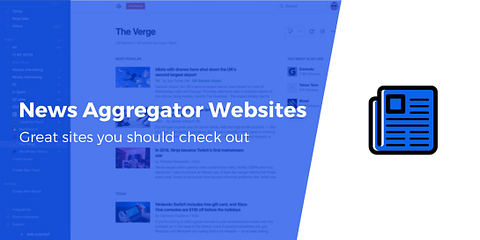
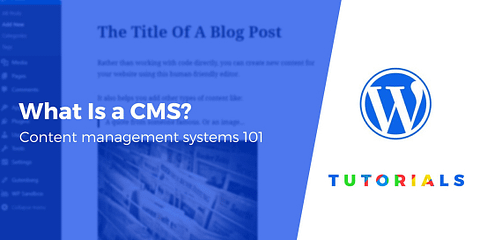
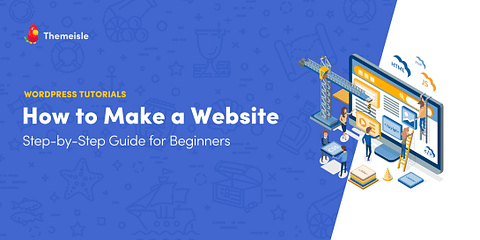
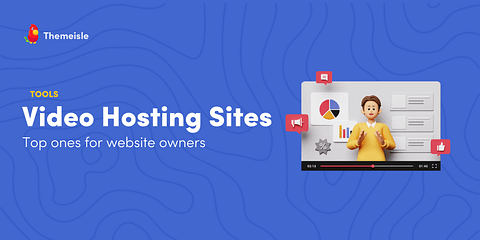
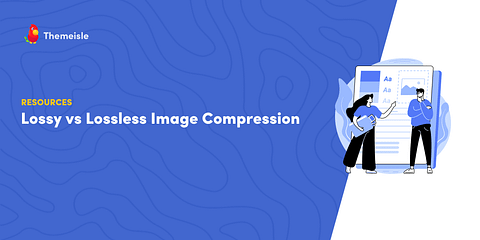
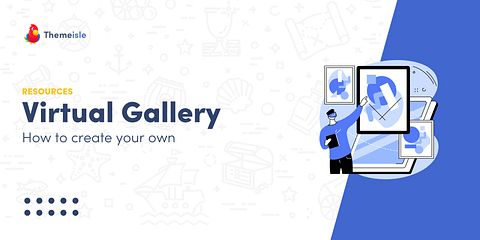
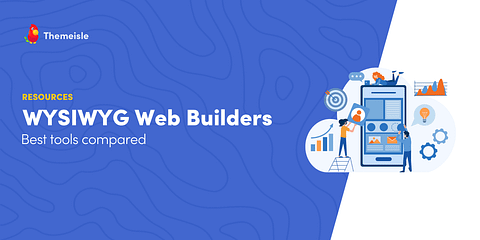
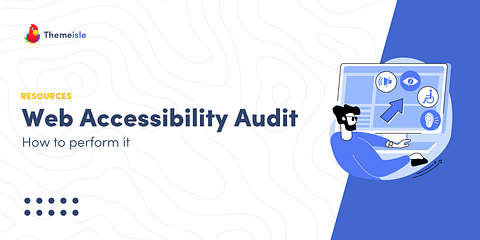

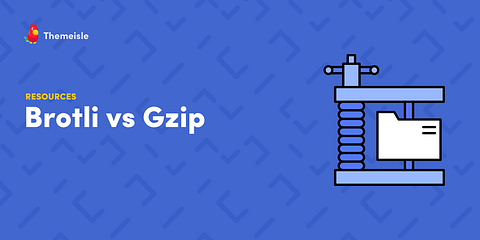

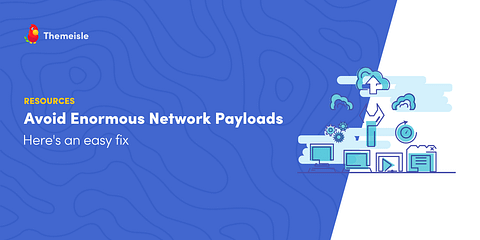
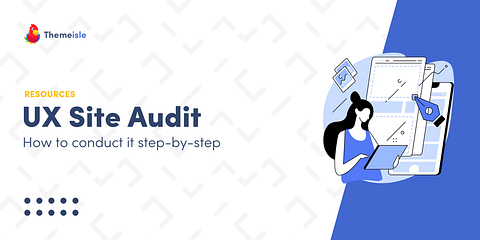
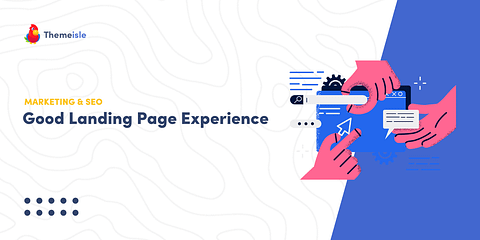
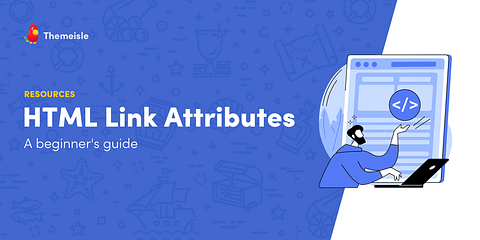
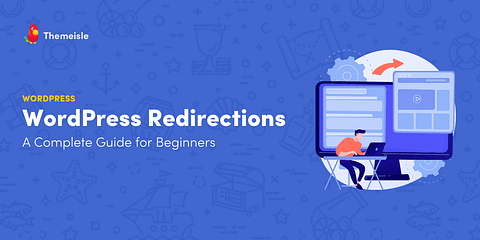
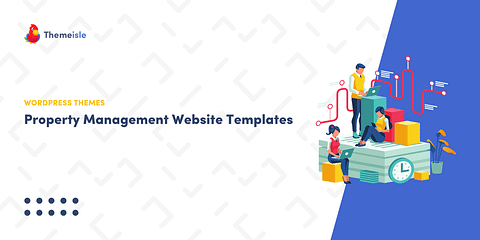
Or start the conversation in our Facebook group for WordPress professionals. Find answers, share tips, and get help from other WordPress experts. Join now (it’s free)!